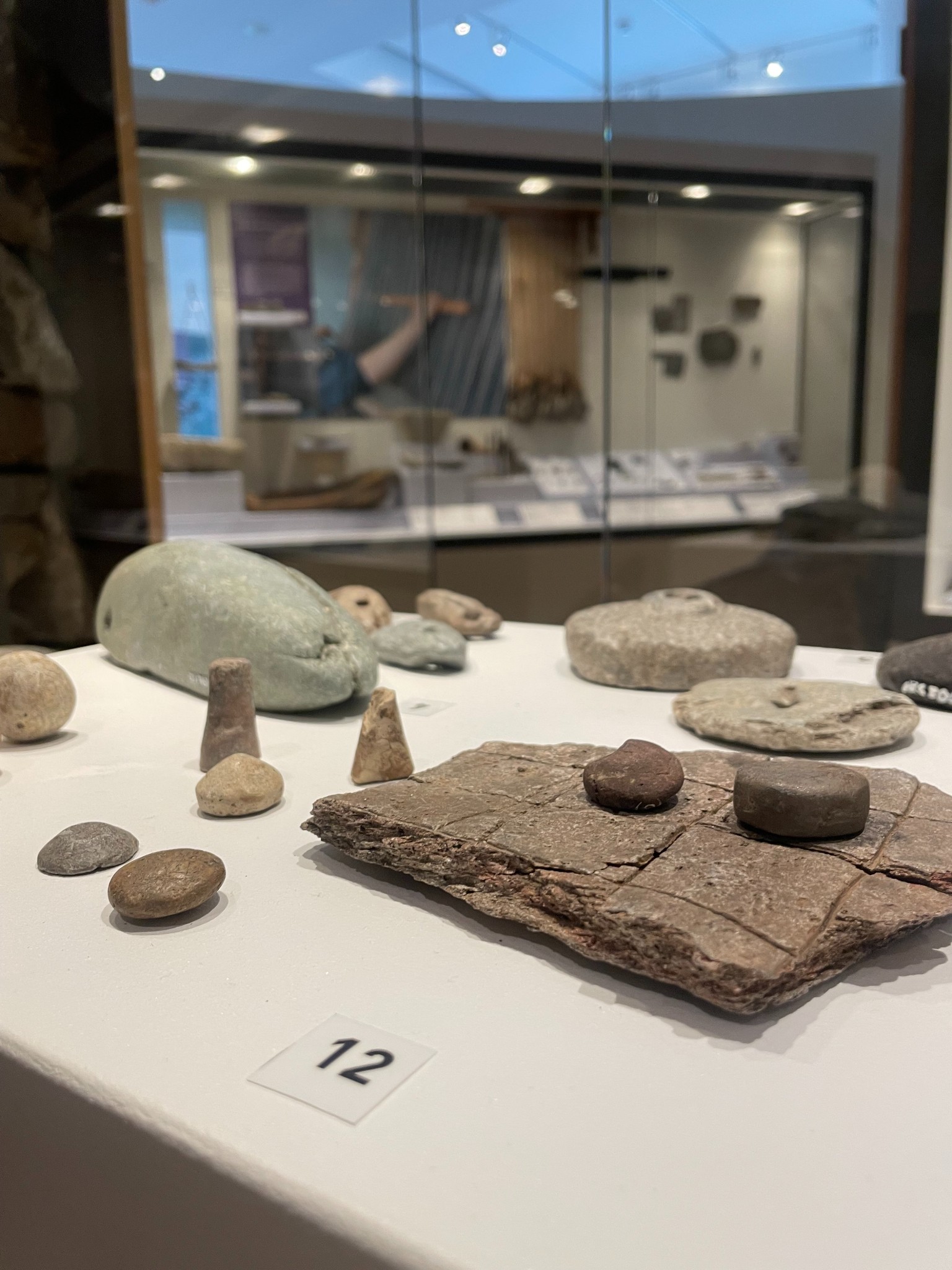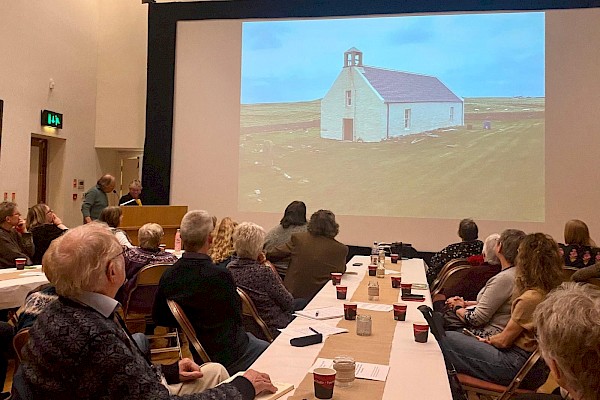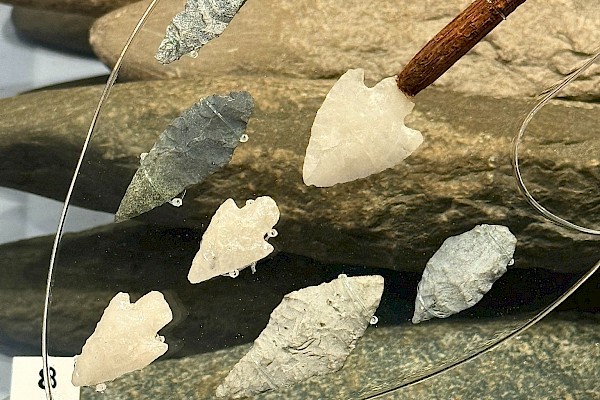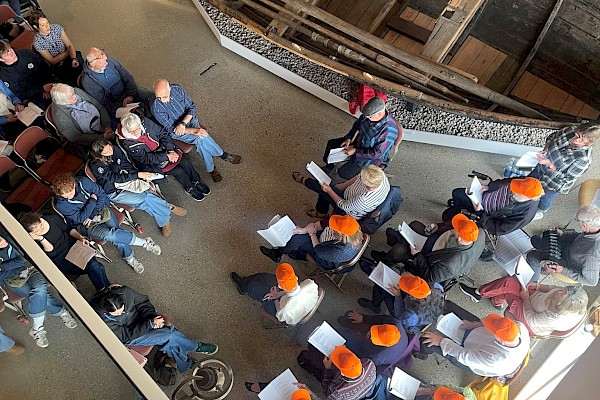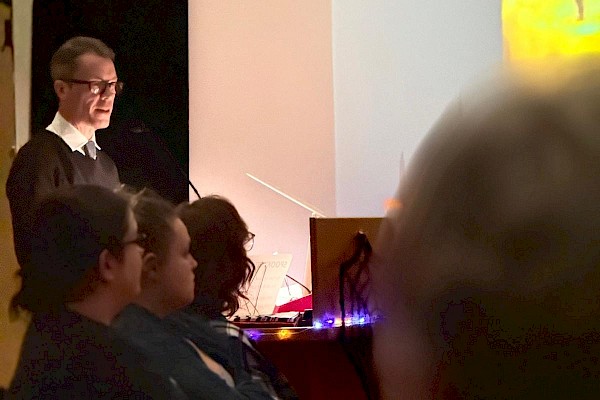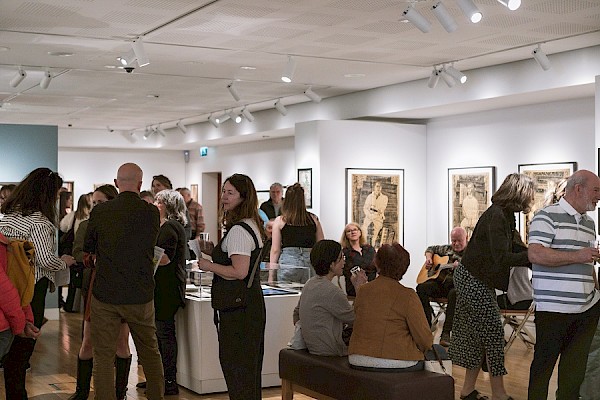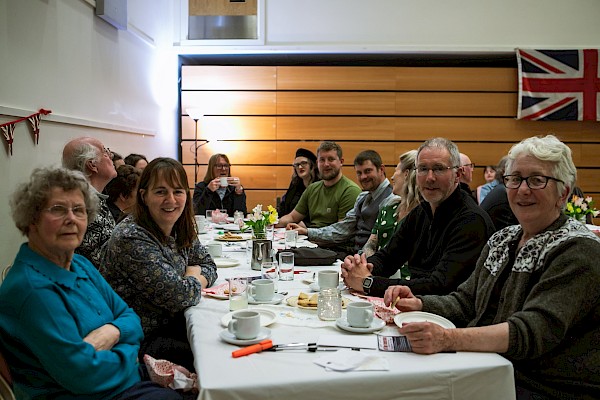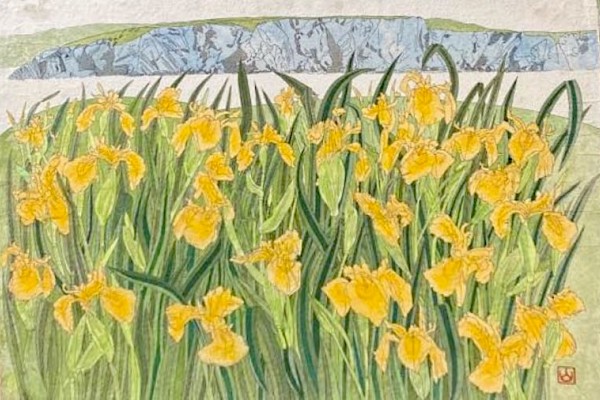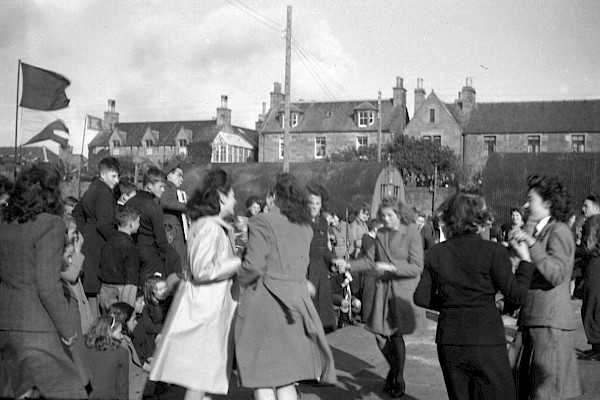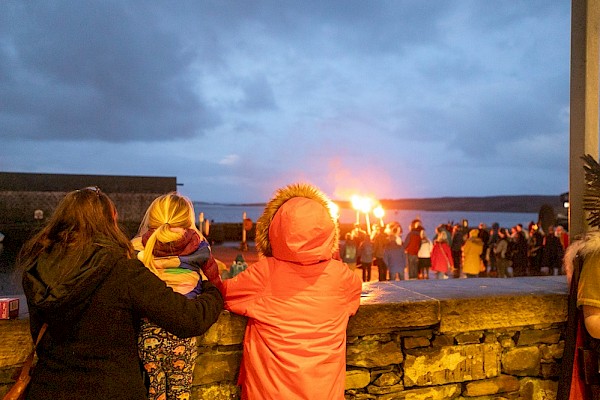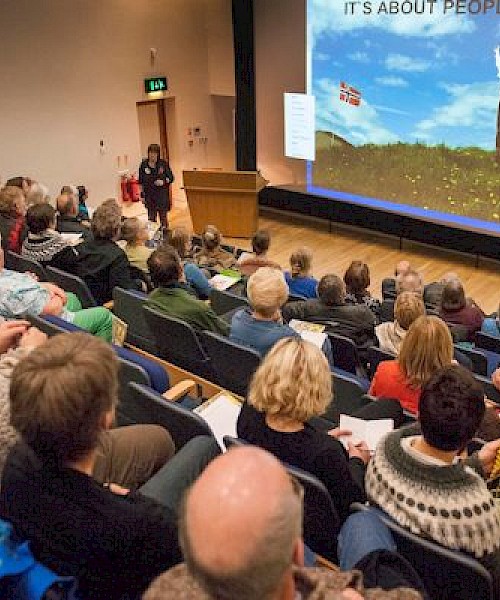New Archaeological Toys on Display
We're delighted to unveil our latest archaeology display, Play in the Past, a fascinating new focus case that explores the timeless role of toys and games in childhood.
Shetland Museum and Archives is delighted to unveil its latest archaeology display, Play in the Past, a fascinating new focus case that explores the timeless role of toys and games in childhood.
Bringing together artefacts from across Shetland, the exhibition highlights how play has always been an essential part of growing up, from Shetland’s earliest families in the Neolithic period to the present day. From miniature stone axes and toy millstones, to ancient dice and gaming boards, these objects show how children have been learning through play for thousands of years.
Jenny Murray, curator of collections, explained: “This display offers a fresh perspective on the lives of Shetland’s earliest communities. These objects show that play was not just about fun, but also about teaching essential skills. It’s fascinating to see how toys and games were used to help children prepare for adult life.”
Among the highlights is a selection of miniature stone axes, dating from 3500 to 500 BC, crafted from Northmavine felsite. These tiny tools were most likely used as toys, allowing children to imitate the daily tasks of their communities while learning valuable skills. Alongside these are toy millstones from AD 1000 – 1300, which are exact replicas of larger working versions. These miniature tools may have been used by children to grind small amounts of grain, offering a playful introduction to food preparation.
One of the most striking pieces in the display is a small stone sword, dating from between 500 BC and AD 500. Both sides are carved and worn smooth from use and the sword was perhaps a prized possession of an Iron Age child. Also on display is a gaming board made from steatite, along with playing pieces found in Clickimin Broch, providing evidence that board games were a popular pastime in Shetland during the Iron Age and medieval periods.
The exhibition includes bone dice, ranging from an Iron Age example to square dice recovered from the 1664 wreck of the Kennemerland, which may have been used by sailors for amusement at sea. Another intriguing artefact is a boat-shaped stone from Unst, believed to have been a toy used in imaginative games near the water.
Other items on display include small stone balls, possibly used in early games similar to marbles, and line sinkers that may have been adapted for playful fishing games in Shetland’s lochs and burns.
Jenny Murray added: “It’s easy to think of the past as only about survival and work, but these objects show us that play, laughter, and curiosity have always been part of life in Shetland. Toys like these are a wonderful reminder of the shared human experience of childhood across the ages.”
Play in the Past is now open in the Archaeology section of the Shetland Museum and Archives.
